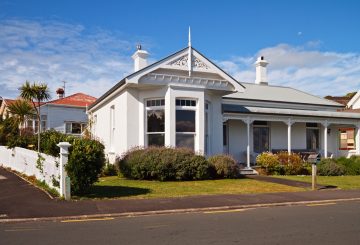トリー・ワナウ市長は、市内中心部の空き地に料金を導入するという考えを支持しています。ウェリントン市議会は、企業向けの現在の料金を維持することを決議しました。これは、住民の予想される料金の引き上げが、以前考えられていたほど高くない可能性があることを意味する可能性があります。
長期計画・財務委員会の会合で、新しい金利と議会の金利緩和方針の変更に関する最初の決定が下されました。商業金利の格差を3.7ドルから3.25ドルに引き下げるという提案が白熱した議論を巻き起こした。トニー・ランドル市議会議員は、中央ビジネス地区以外の企業は高い商業金利に苦しんでいると強調した。
レイ・チョン市議会議員は企業への支持を表明したが、料金を変更してもテナントが支払うことになるため、彼にとって違いはないと指摘した。彼は、住宅料金支払者がこの変化を支援するためにより多くの費用を支払うという考えに不快感を表明した。
ベン・マクナルティ議員は、新政府は公正賃金協定の廃止やガソリン税の増税など他の方法で企業を支援すると提案した。彼は、これらの措置は経済界にとってより意味のあるものになるだろうと主張した。
委員会は最終的に商業金利差の縮小に反対票を投じた。しかし、市中心部の空き地料金の導入など、その他の変更はすべて承認されました。トリー・ワナウ市長は、同価値の住宅用不動産が支払う1ドルごとに、一般料金の差額を5ドルに引き上げる改正案を提案しました。
議会はまた、地震が発生しやすい一部の住宅用建物の料金を、強化されるまで延期することを決定しました。この延期は、強化作業に着手する前の最長3年間有効である。
会議中に下された決定は、理事会の2024-34年長期計画における金利に関する今後の作業の指針となります。長期計画草案に関する正式な協議は2024年4月に行われ、金利の変更は2024年7月から実施される予定です。



























































